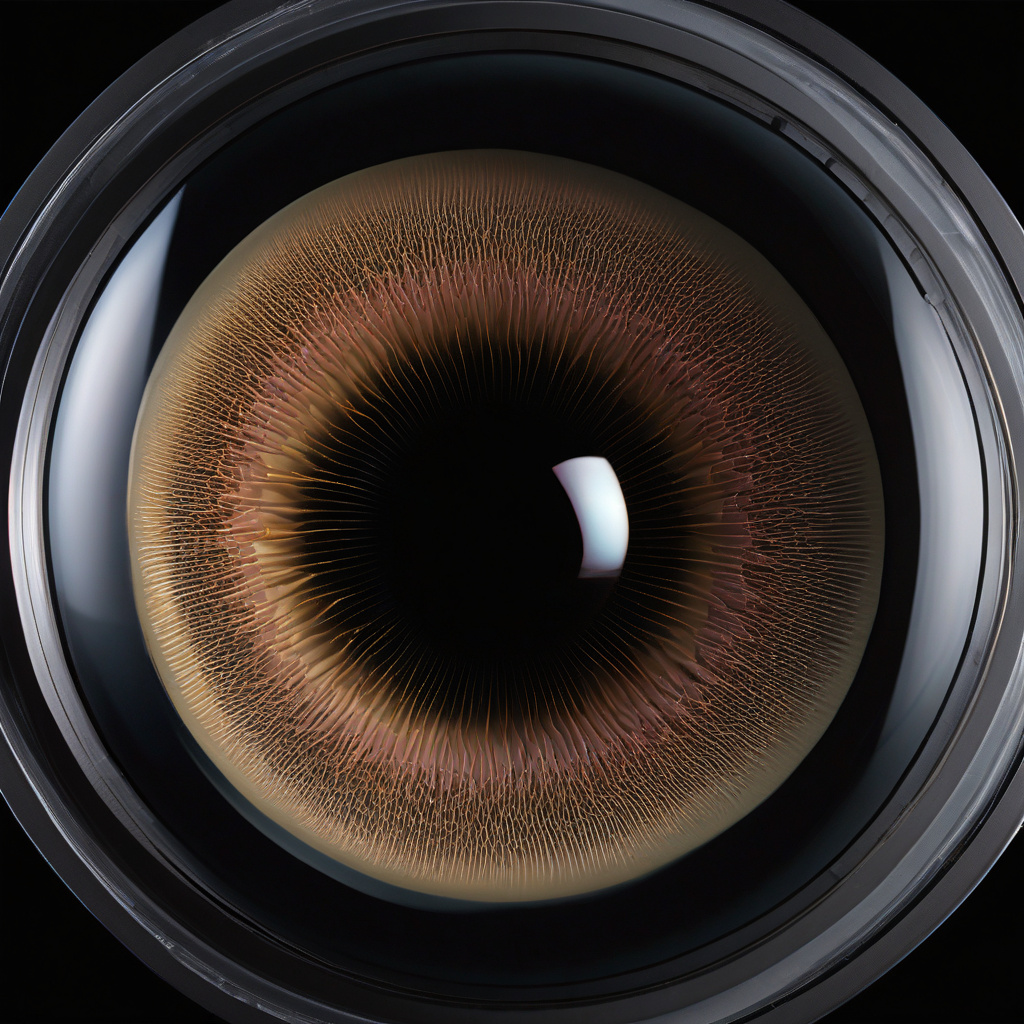Lens 40 Times Thinner Than Human Hair Halves Infrared Wavelength, Making it Visible
Scientists in Switzerland have developed an ultra-thin metalens that converts invisible infrared light into visible, opening up a world of possibilities in imaging and sensing technologies. This groundbreaking invention, just 40 times thinner than a human hair, has the potential to revolutionize various industries, from security and surveillance to medical diagnostics and environmental monitoring.
The metalens, created by a team of researchers from the Swiss Federal Institute of Technology in Lausanne (EPFL), functions by manipulating the phase of light as it passes through. Unlike conventional lenses, which are bulky and composed of multiple elements, this innovative lens consists of a single piece of gold nanostructure on a glass substrate. The nanostructure is designed in such a way that it can control the phase of light at the nanoscale, effectively shrinking the wavelength of infrared light to make it visible to the human eye.
This breakthrough in lens technology has the potential to enhance night vision devices, improve the resolution of thermal imaging cameras, and even enable new forms of medical imaging that were previously impossible. By converting infrared light into visible light, the metalens can provide clearer and more detailed images in low-light conditions, offering unprecedented insights into the world around us.
One of the key advantages of this ultra-thin metalens is its versatility. Its compact size and lightweight design make it easy to integrate into existing optical systems, allowing for seamless upgrades without the need for extensive modifications. This means that industries ranging from aerospace and defense to healthcare and manufacturing can benefit from this technology without significant barriers to adoption.
In the field of security and surveillance, the metalens could significantly improve the accuracy and range of infrared cameras used for monitoring and tracking objects in various environments. By enhancing the visibility of infrared light, security professionals can detect potential threats more effectively, whether in dimly lit areas or during nighttime operations.
Moreover, in the realm of healthcare, this breakthrough lens could pave the way for advanced diagnostic tools that offer higher precision and sensitivity. By enabling medical professionals to visualize infrared signals with greater clarity, the metalens could assist in early disease detection, tissue imaging, and monitoring of therapeutic interventions.
Environmental monitoring is another area where the metalens could make a substantial impact. By enhancing the sensitivity of infrared sensors, this technology could help researchers study climate patterns, detect pollutants, and monitor changes in ecosystems with unprecedented detail. From precision agriculture to wildlife conservation, the applications of this lens are vast and far-reaching.
As the demand for advanced imaging and sensing technologies continues to grow, innovations like the ultra-thin metalens developed in Switzerland are poised to drive the next wave of progress in these fields. By harnessing the power of nanotechnology and light manipulation, scientists have unlocked a new realm of possibilities that could shape the future of how we see and interact with the world around us.
In conclusion, the development of a lens 40 times thinner than a human hair that halves the infrared wavelength to make it visible represents a significant leap forward in optical technology. With its potential to enhance imaging, sensing, and diagnostics across various industries, this ultra-thin metalens is a testament to human ingenuity and the endless possibilities of scientific innovation.
innovations, lens technology, infrared light, metalens, Swiss research,#ResearchBreakthroughs,#InnovationInOptics,#AdvancedImaging,#FutureTech,#SwissTechnology












